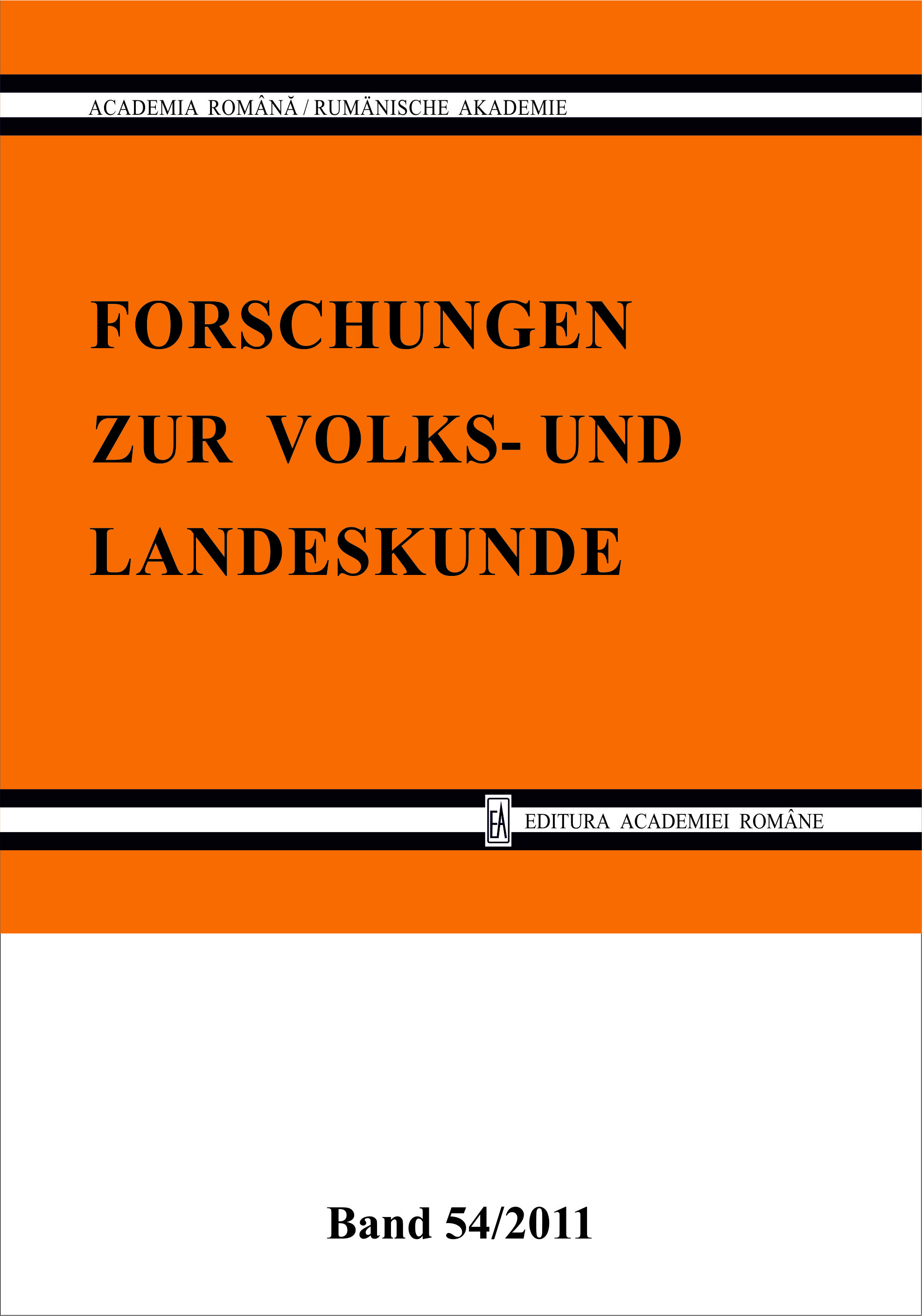Das Landwirtschaftsgefüge Siebenbürgens in der zweiten Hälfte des 19. Jahrhunderts
The Structure of Agriculture in Transylvania in the Second Half of the 19th Century
Author(s): Paul NiedermaierSubject(s): Cultural history
Published by: Editura Academiei Române
Keywords: Fields; grasslands; comitatens territory; king’s territory; Transylvania; cattle; woods; vineyard; economic structure; wealth gap.
Summary/Abstract: The paper compares the agricultural surfaces with different destinations from a range of Transylvanian villages. The data from the charts show a significant difference concerning the wealth of the peasants from the comitatens territory and the king’s territory even thirty years after serfdom was abolished. One of the conclusions is that the number of families from a village was not decisive for the way the soil was used, but there is a relation between the dimensions of the surface and the way it was used: in the villages the inhabitants owned at an average small surfaces, the number of cattle and horses was also small and contrariwise. In contrast, the researcher detected an inverted ratio concerning the importance of wine growing. Generalizing the results, one can affirm, that in times of agricultural boom the cultivation of the fields was more important than other activities, but in times of crises cattle breading and wine growing became the main activities.
Journal: Forschungen zur Volks- und Landeskunde
- Issue Year: 2011
- Issue No: 54
- Page Range: 57-69
- Page Count: 13
- Language: German
- Content File-PDF

